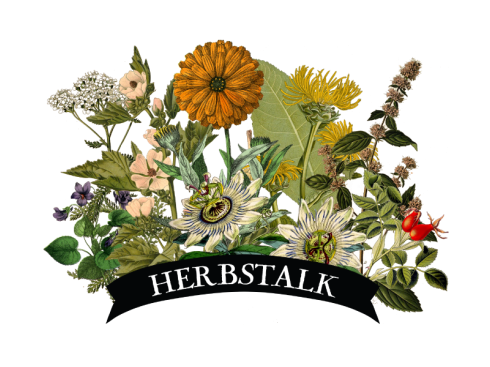|
Submitted by Jenny Hauf of Allandale Farm. When last I wrote winter was everywhere, piled thickly on medians and hilled at the edges of parking lots. There’s still a lot of snow out there, but this glorious thaw is loosing it and putting my mind in overdrive. It’s time to move into the next step of herb garden planning! A drawing by Laura Grover of my urban herb garden in March. If you’ve not yet read part one of this series, An Introduction to Growing Urban Herbals, I encourage you to do so. After you’ve read it and made yourself acquainted with your space, soil and light conditions, and the plants that you want to grow, you’re ready to get serious and make…a map! It’s easy to go crazy in your first year of gardening. Like a new love, everything about the garden is blissfully overwhelming. It’s great to have that feeling of rapture, but it can quickly grow messy—and expensive—as you indulge in more plants than your containers and borders can handle. Drawing out a simple diagram will help you to understand the vast possibilities and important limitations intrinsic to your space. Use a tape measure so that it’s to scale and make it as detailed as possible. Once you have a nice map to reference, begin adding to it. Draw in the plants that you’d like to grow. It’s helpful to make a few copies of your original map so that you can create several drafts of the garden. Tell the paper everything you want and it will show you all that you can have. This kitchen garden will have herbs bordering beds of vegetables. Planning a garden requires a combination of aesthetics and practicality. The aesthetics come in the arranging of rich marriages, flings, and flirtations between your plants. The practicalities come with a set of useful rules.
The last step in preparing your garden for planting is amending the soil. Check the results of your soil test and mark what your soil needs. This wonderful UMass site breaks down your test results and shows you how to give your soil what it wants. Once you can work the ground these amendments, as well as good quality compost, should be applied. (If you put compost on your garden last year there’s no need to add more now.) Remember that many herbs prefer a soil that is somewhat “poor,” so combine the information from UMass with this link that I shared last month. Please feel free to ask any questions or offer your own tips in the comments section. You can also contact me through my website. And quickly, a joke. What’s a pirate’s favorite medicinal herb? Arrrrnica! (Which you can start from seed right now! Just sow it in some fine seeding mix, stick it in the fridge for 1-3 weeks, and move it to a cool, sunny place to germinate.) See you in April!  Jenny Hauf is a medicinal herb grower and writer living in Boston. She began using herbal medicine a decade ago, and has been tending to herbs on farms and gardens since 2006. Jennifer is the herb grower at Allandale Farm, and when not elbow-deep in dirt she writes about urban ecology at her blog, Spokes and Petals, spins wool and bicycle tires, and occasionally hammers out a tune on her banjo. She is also available for gardening consultations, workshops, and freelance work. Comments are closed.
|
Archives
November 2023
Categories
All
|
Join the Newsletter!
Receive news about future Herbstalk events
Thank you!
You have successfully joined our subscriber list.
Copyright © Herbstalk 2024

 RSS Feed
RSS Feed